09 May 2025
Tomorrow, 10 May, is World Migratory Bird Day in the Northern Hemisphere. This year’s theme is “Shared Spaces: Creating Bird-friendly Cities and Communities”.
The XJTLU Bird Collision Prevention Group cares deeply about the concept of shared spaces with birds, both local and migratory, and is working to make XJTLU more bird-friendly.
From November to December 2024, the group held its XJTLU Bird Collision Survey Results Exhibition, attracting numerous participants who explored the pressing issue of bird collisions (birds becoming severely injured or dying after colliding with glass panels) on campus.
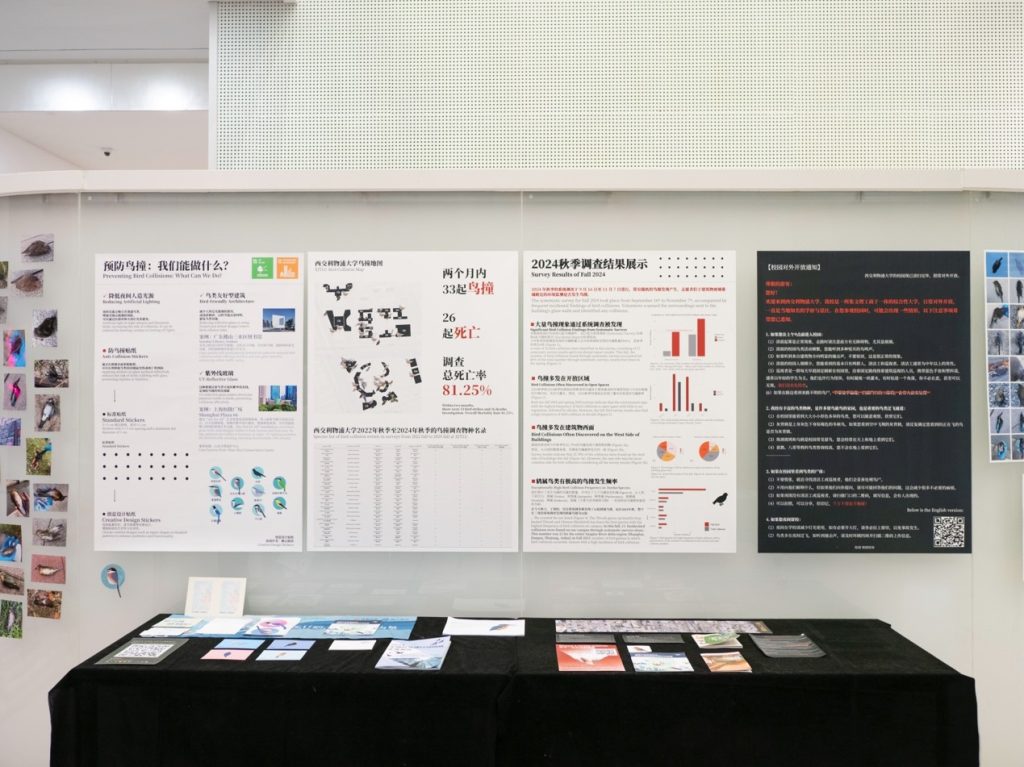
XJTLU Bird Collision Survey Results Exhibition
The exhibition showcased data from 59 volunteers who conducted 885 surveys over seven weeks in autumn 2024, identifying 33 bird collision incidents on the SIP Campus, with an 81.25% mortality rate. The AS Building on the South Campus, which features extensive glass panels, recorded the most collisions, at eight incidents. From 2022 to 2024, 70 incidents were documented on campus, with every building on the SIP Campus reporting at least one collision.
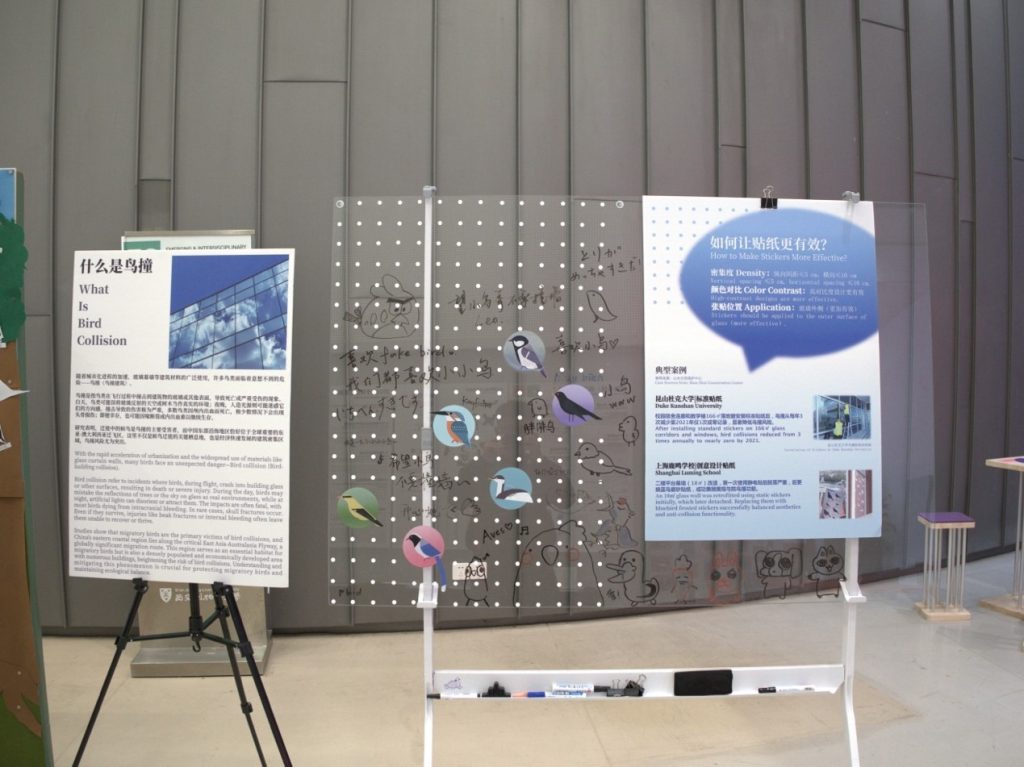
Participants left comments on a glass panel with bird collision prevention stickers
“Birds often mistake the large glass panels for open space, especially in clear weather or when the building is surrounded by trees. This will result in bird collisions,” explained Ziqi Zhao, a Year Three BSc Environmental Science student and an active member of the bird collision prevention group.
The group aims to raise awareness among students and staff about the severity of this issue and to encourage the campus community to collectively create an environment conducive to birds.
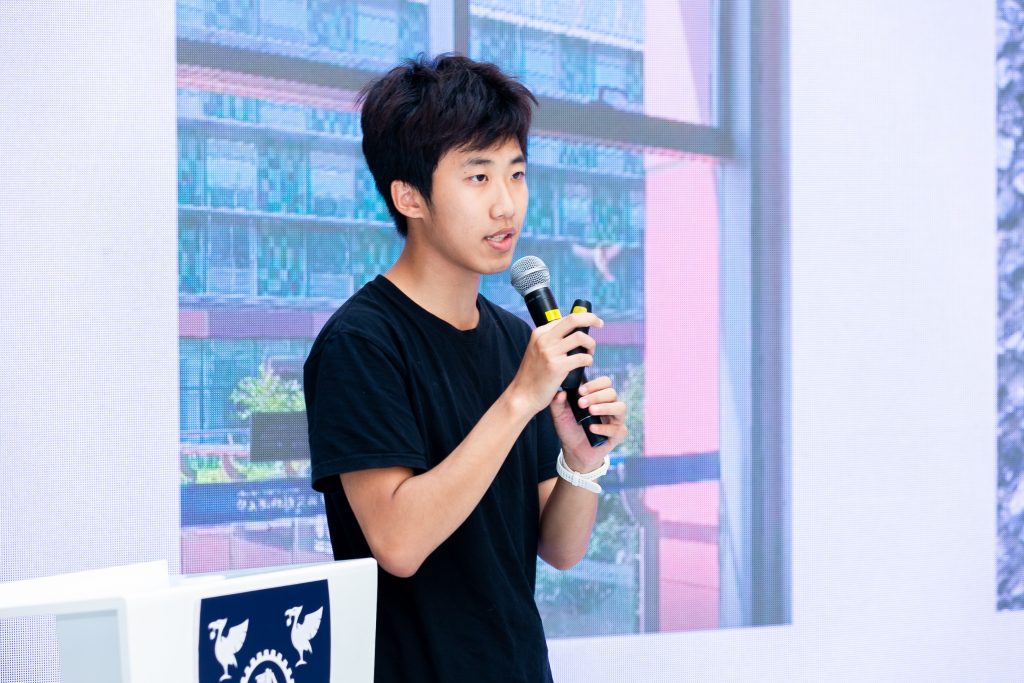
Ziqi Zhao
Collaborative efforts
The XJTLU Bird Collision Prevention Group was founded in September 2022 under the leadership of members from XJTLU’s Nature Society of Outdoor Researching and Teaching Space (NORTS).
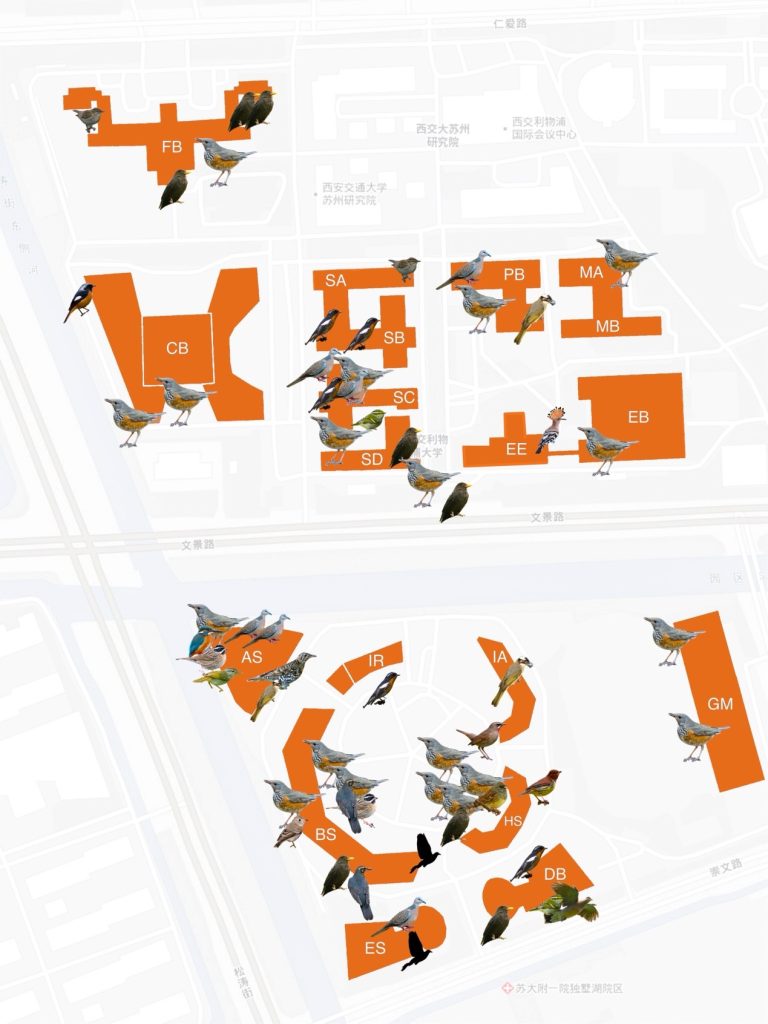
Bird species and collision incidents for each building on the SIP Campus
Qianrui Huangfu, one of the founders of NORTS and currently a research assistant at XJTLU, recalled that the initial stages of the group’s work were a major challenge. “The project began shortly after the society was established. Back then, we were inexperienced and had to learn as we went,” she said.

Qianrui Huangfu
“We wanted to raise awareness of bird collisions, but we did not have as many volunteers as the group does today,” she added. “So, every member was busy collecting data, doing experiments, promoting the exhibition, and designing merchandise.”
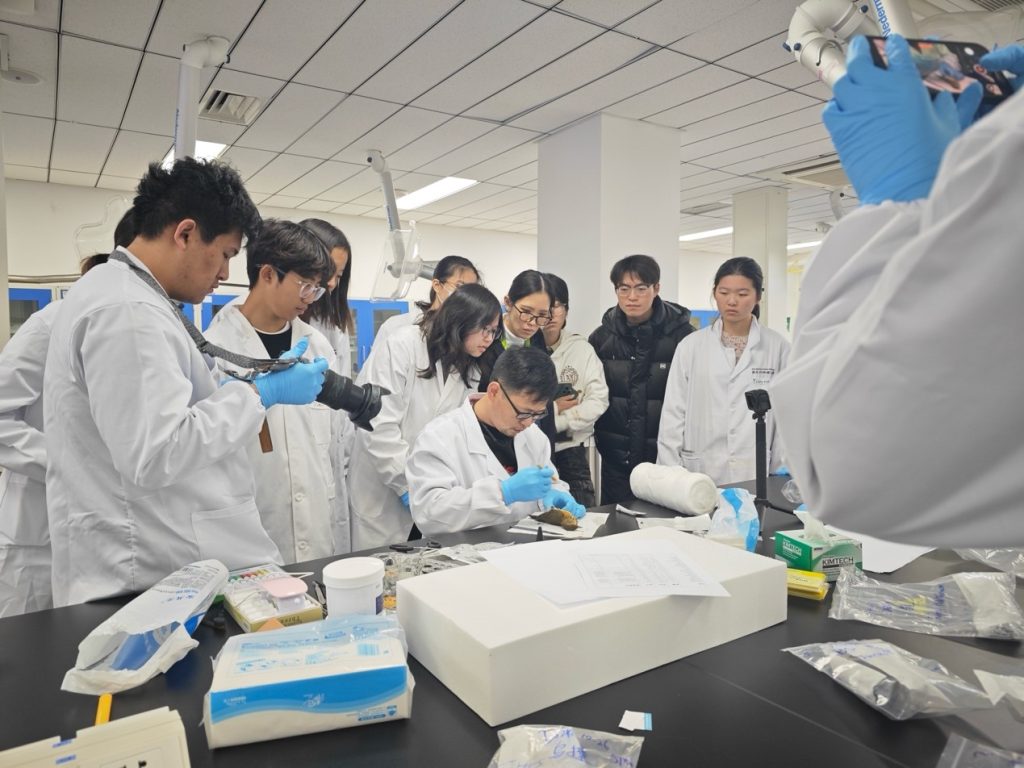
Volunteers learn how to prepare zoological specimens
To enhance their efforts, the XJTLU Bird Collision Prevention Group joined the China Anti-bird Collision Action Alliance, collaborating with other universities such as Duke Kunshan University, and NGOs (nongovernmental organisations) such as the Shan Shui Conservation Center to address the issue on a broader scale.
Zhao said they plan to expand this project from the SIP Campus to XJTLU Entrepreneur College (Taicang): “We are currently recruiting volunteers at the College and expect more people to join this initiative.”
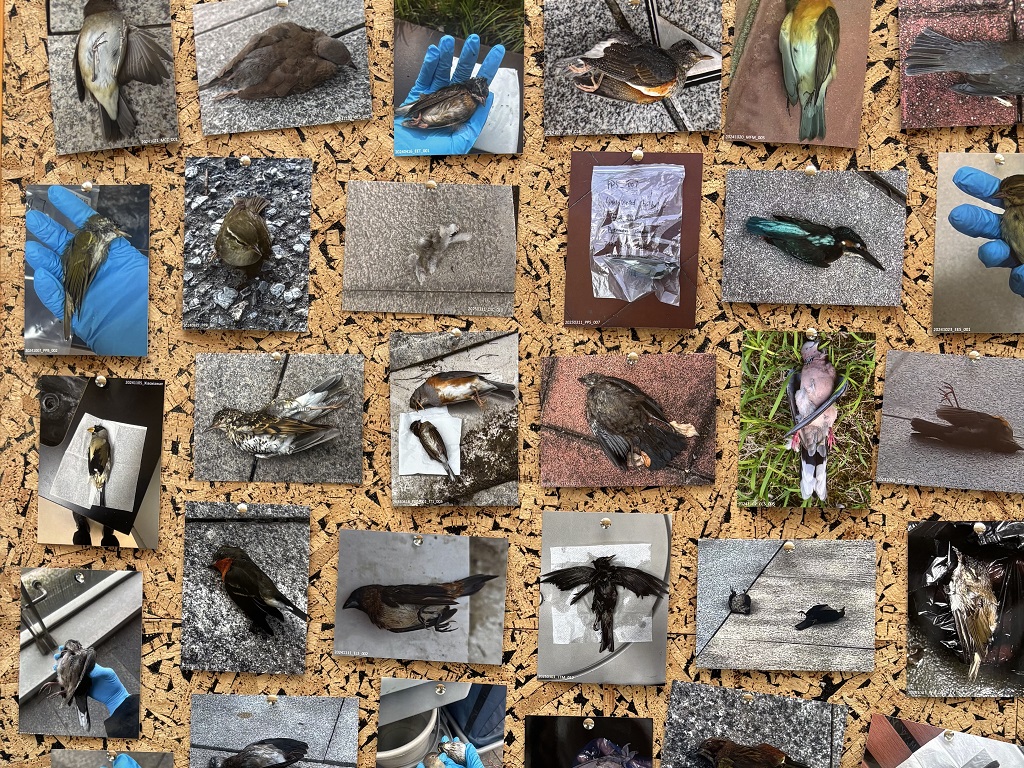
Images of the birds found during the survey
For last month's Earth Week, XJTLU’s Department of Health and Environmental Sciences invited Dr Binbin Li from Duke Kunshan University and founder of the China Anti-bird Collision Action Alliance to speak on the issue.
In her talk, she said: “China has about 1,500 bird species, and within big cities like Beijing, Shanghai, Chengdu, and Shenzhen, about one-third of the bird species can be found in urban settings.” She said the second most common direct cause of death for birds in urban spaces, after predation by feral cats, is collisions with building glass.
“If we do not address these issues, especially the relationship between nature and human development within urban areas, we can’t change the threats and also the drivers for change. This could cause a huge impact on the productive landscape and the wilderness,” she said.

Dr Binbin Li
Encountering bird collisions
Zhao recalled his first encounter with bird collisions. “One morning, I discovered six bird corpses, which was shocking. Many of them were still warm and intact, almost as if they were alive but just lying there,” he said.
Xiaoye Pan, a Year Two BSc Environmental Science student who joined the project last year, reflected on the first time she collected the body of a dead bird. “Touching the warm, soft body made me realise how serious this issue really is,” she said.
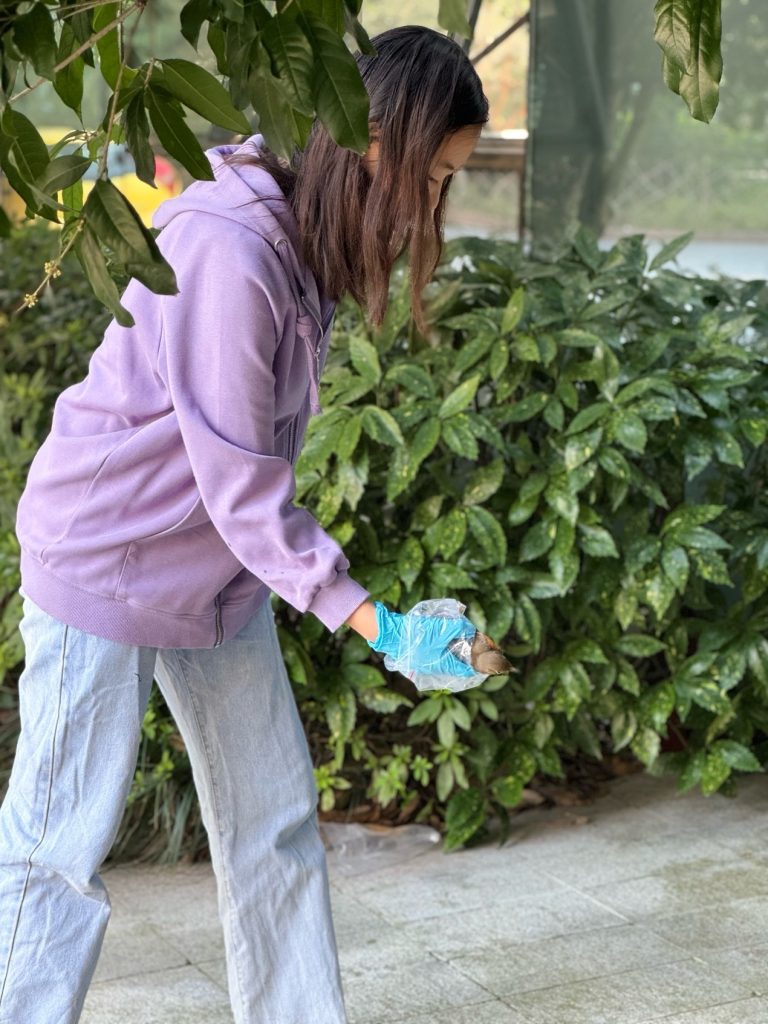
Xiaoye Pan picks up a dead bird near a building
Huangfu noted that she has witnessed numerous bird collision cases outside of campus as well. “Migratory birds are the most vulnerable to collisions because they fly at such high speeds during migration,” she explained. “In regions like Yunnan, which is located along a major migration route, the issue is even more severe.”
Putting theory into practice
“We’re still in the early stages of this initiative,” said Professor Eben Goodale, Head of the Department of Health and Environmental Sciences. “Now that we understand the extent of bird collisions on campus, the next step is to take action. This will require collaboration with staff and students.”
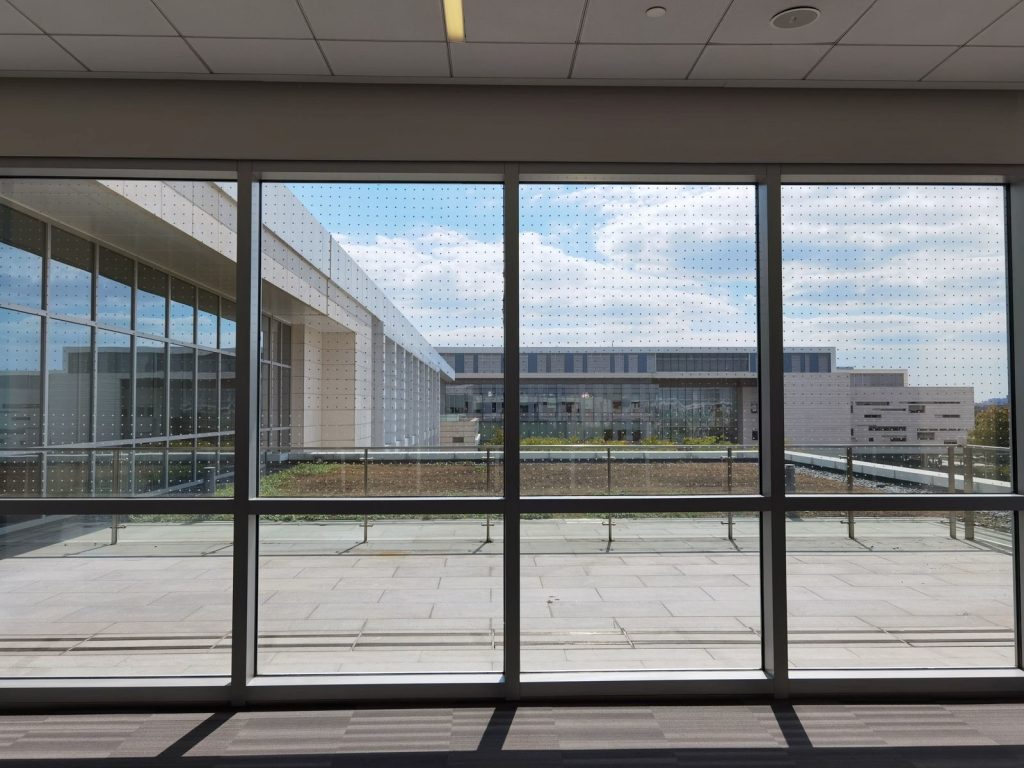
Duke Kunshan University uses bird collision prevention stickers on windows
Dr Lingyun Xiao, Assistant Professor from the Department of Health and Environmental Sciences, encouraged the students to initiate the bird collision survey at the project’s onset and has continued to support it at various stages.
She shared updates on their recent efforts: “We are actively promoting the stickers and are currently in discussions with the Campus Management Office (CMO) to use them on glass panels where collisions frequently occur, starting from the ES Building on the SIP Campus.
“In the long term, we are considering launching a voluntary initiative where all staff can opt to modify their office windows by contacting us directly. Together with my colleague Dr Yuehan Dou and undergraduate students, we are running a SURF project this summer to collect as many opinions from different stakeholders inside this campus as possible.”

Beijing Normal University-Hong Kong Baptist University United International College uses stickers on glass fences to prevent bird collisions
Zhao offered another practical measure that individuals can take to help save birds. “Artificial lights at night can disorient birds, increasing the risk of collisions. Closing curtains when lights are on can reduce this risk,” he said.
In addition to bird collision prevention stickers and reducing artificial light at night, the World Migratory Bird Day organisation suggests keeping pets indoors or restrained when outdoors, planting native plants, protecting insects (a source of food for birds) by avoiding pesticides, reducing plastic usage, and buying sustainable foods.
By Katharina Zhu
Additional reporting by Patricia Pieterse
Edited by Catherine Diamond and Tamara Kaup
Photos courtesy of NORTS
09 May 2025
RELATED NEWS

When spinning bikes power cotton candy machines: XJTLU’s Earth Week gets creative
From 21-26 April, Xi’an Jiaotong-Liverpool University (XJTLU) hosted its 2025 Earth Week with the theme “Our Power, Our Planet”. The week-long initiative bro...
Learn more
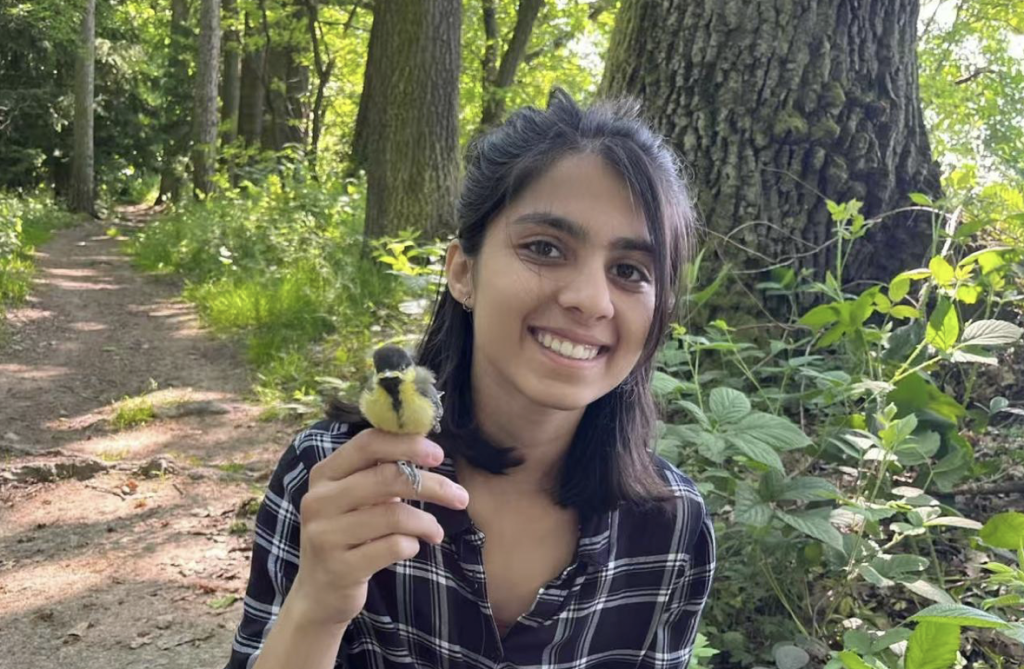
Understanding community dynamics: Agnishikhe Kumar’s journey in ecology
“Birdwatching is not just a hobby for me—it’s a way to understand the world” - Agnishikhe Kumar, XJTLU PhD student Agnishikhe Kumar is a PhD student at Xi’a...
Learn more







